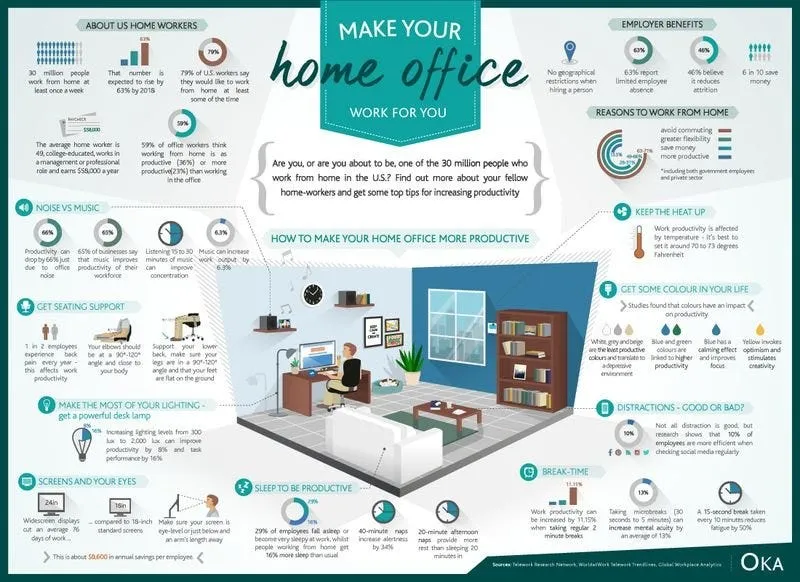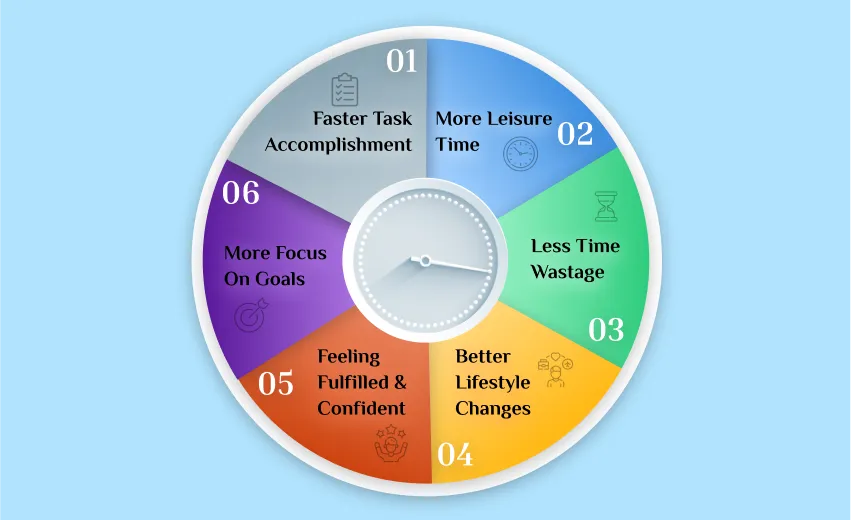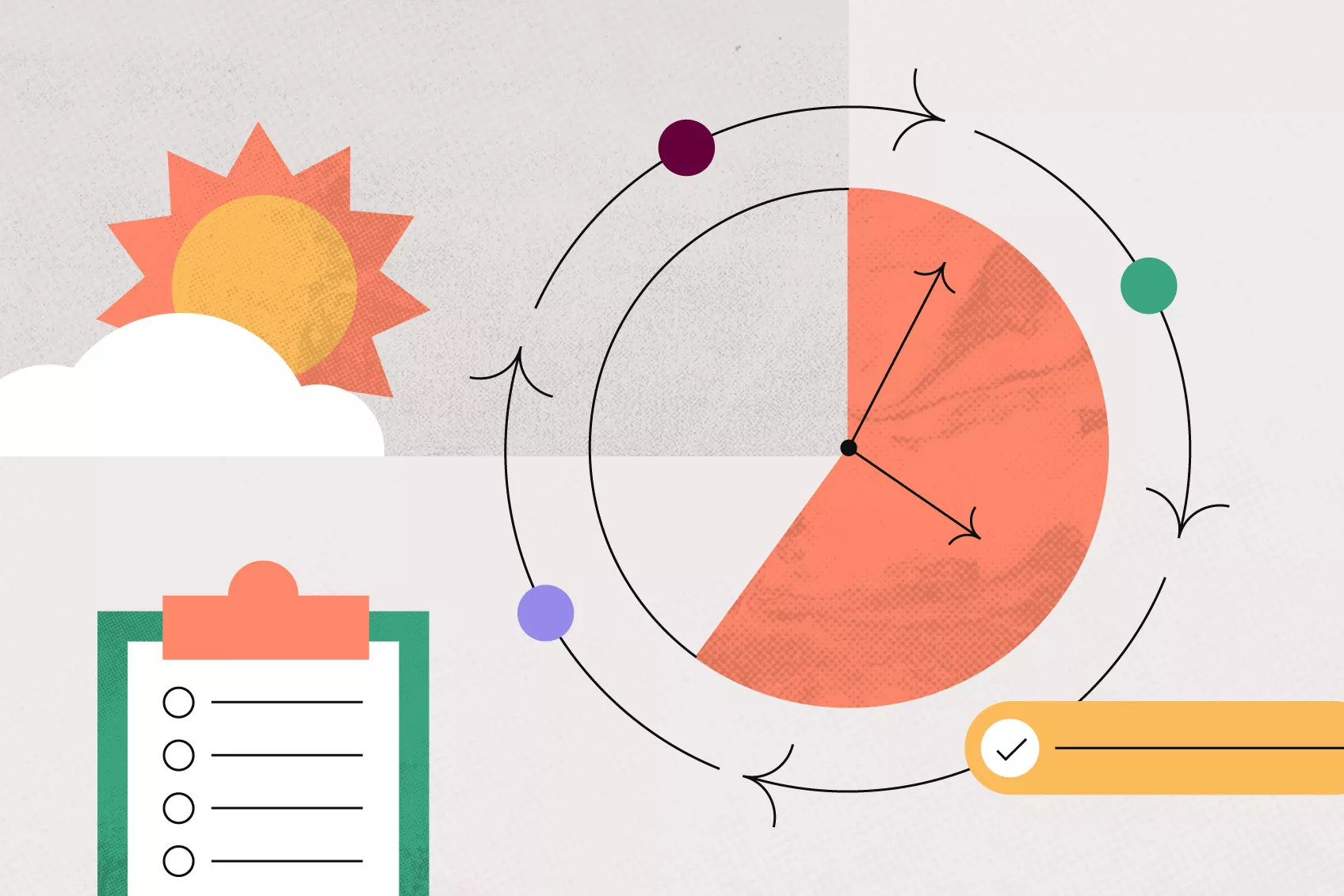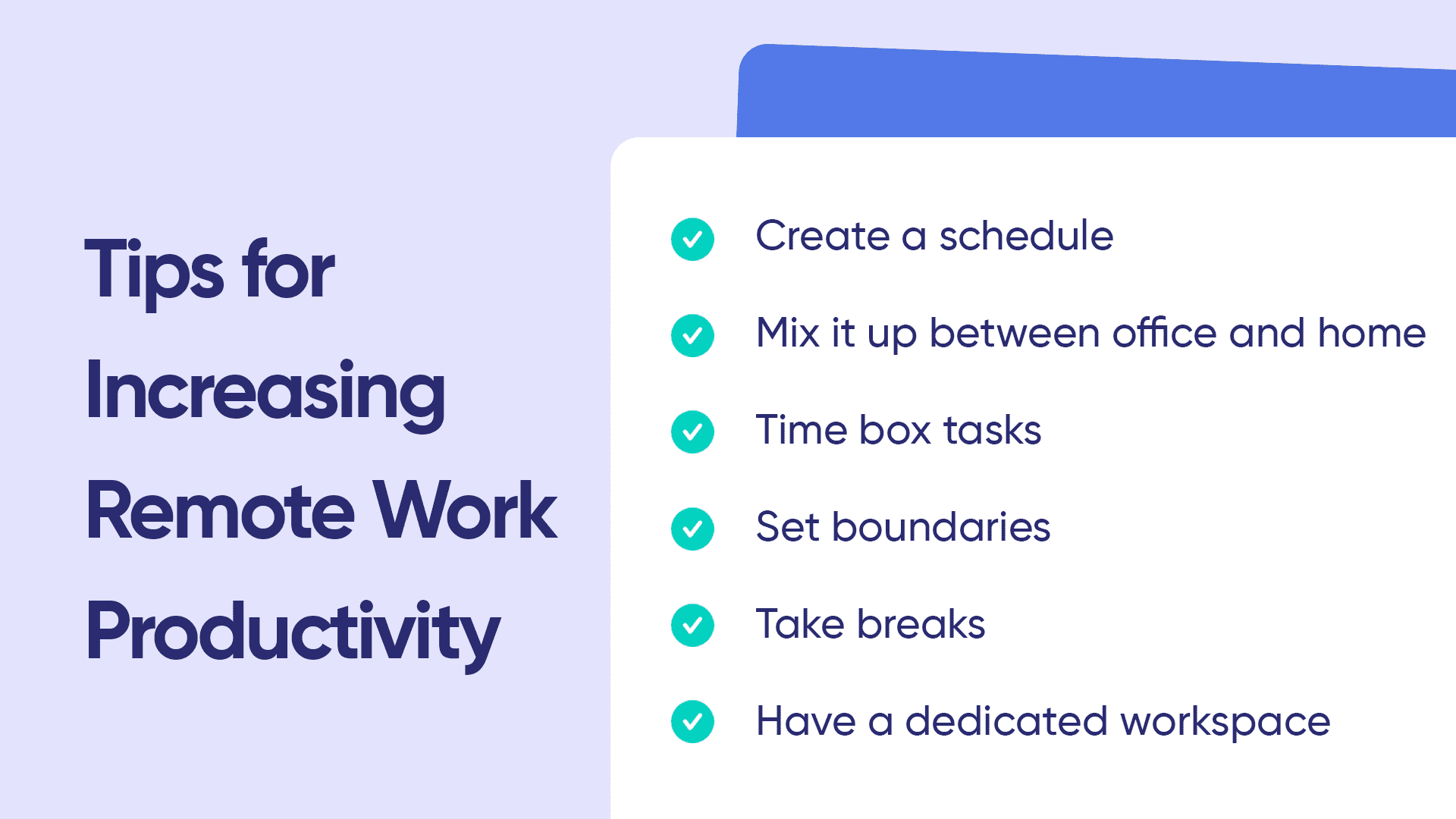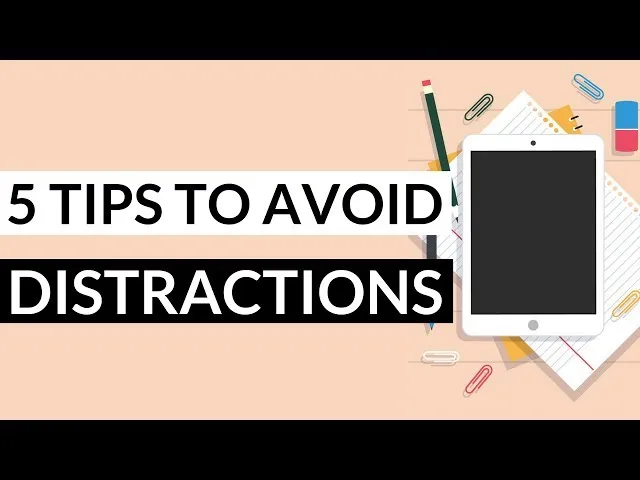The work-from-home (WFH) model has become a permanent fixture for many people around the world, offering flexibility and convenience. However, while working from home presents numerous advantages, it also comes with its own set of challenges. Maintaining productivity, staying focused, and managing work-life balance can be difficult in an environment that is often filled with distractions.
In this article, we’ll explore some effective productivity hacks that can help you optimize your WFH experience, allowing you to stay on top of your tasks, feel motivated, and perform at your best.
1. Create a Dedicated Workspace
One of the first and most important productivity hacks for working from home is establishing a dedicated workspace. Whether it’s a separate office or just a quiet corner of your living room, having a specific area designated for work helps to create boundaries between your personal and professional life.
Why It Helps:
- Reduces Distractions: A dedicated workspace minimizes distractions by creating a clear boundary between your work and personal life.
- Improves Focus: When you have a space that’s specifically set up for work, your brain starts to associate it with productivity and focus.
- Enhances Professionalism: Even if you work from home, having a professional environment encourages a more business-like mindset.
Tips for Creating a Productive Workspace:
- Keep It Organized: Clutter can be distracting. Keep your workspace tidy and only include items that help you work efficiently.
- Ergonomic Setup: Invest in comfortable furniture like an ergonomic chair and a desk that suits your needs to avoid discomfort during long hours of work.
- Good Lighting: Natural light is ideal, but if it’s not available, ensure your workspace is well-lit to reduce eye strain.
2. Set a Schedule and Stick to It
One of the advantages of working from home is the flexibility in setting your own hours. However, without a structured schedule, it can be easy to lose focus or procrastinate. Establishing a daily routine helps you manage your time effectively and ensures that you complete your tasks on time.
Why It Helps:
- Prevents Overworking: Without a set schedule, it’s easy to blur the lines between work and personal time. A clear start and end time for your workday helps maintain a healthy work-life balance.
- Increases Efficiency: A schedule helps you allocate time for different tasks, ensuring that nothing is overlooked and helping you stay focused.
- Reduces Stress: Knowing exactly when to start and stop working can reduce the stress of not knowing if you’ve completed everything.
Tips for Setting a Productive Schedule:
- Block Time for Tasks: Use a time-blocking method where you assign specific tasks to specific blocks of time.
- Include Breaks: Schedule regular breaks throughout the day to prevent burnout and maintain mental clarity.
- Stick to a Routine: Try to start and finish work at the same time each day to build consistency and discipline.
3. Use the Pomodoro Technique
The Pomodoro Technique is a popular productivity method that involves working in focused intervals, usually 25 minutes, followed by a short break. After completing four intervals, you take a longer break. This method is effective for maintaining focus and combating burnout.
Why It Helps:
- Maintains Focus: Short bursts of work help prevent distractions and allow you to focus more intently on the task at hand.
- Prevents Fatigue: Frequent breaks help to maintain energy levels throughout the day and avoid mental exhaustion.
- Boosts Motivation: The Pomodoro technique creates a sense of urgency, helping you stay motivated and productive.
How to Implement the Pomodoro Technique:
- Set a Timer: Use a timer (or a Pomodoro app) to work for 25 minutes and then take a 5-minute break. After completing four intervals, take a 15-30 minute break.
- Limit Distractions: During the 25-minute work period, avoid checking your phone, emails, or social media.
- Track Progress: Keep a log of your Pomodoro intervals to monitor how much work you’re accomplishing.
4. Minimize Distractions with Technology
One of the biggest challenges when working from home is dealing with distractions. From social media to household chores, staying focused can feel impossible at times. Fortunately, technology can be a helpful ally in limiting distractions and enhancing productivity.
Why It Helps:
- Reduces Temptations: Apps and tools can help block distracting websites and social media, ensuring that you stay focused on your work.
- Tracks Time: Time-tracking apps can help you monitor how much time you spend on different tasks, making it easier to stay on track.
- Facilitates Communication: Communication tools such as Slack, Zoom, and project management platforms streamline collaboration with colleagues and clients.
Tools to Minimize Distractions:
- Website Blockers: Use website blockers like Freedom or StayFocusd to block access to distracting websites during work hours.
- Focus Apps: Apps like Forest or Focus@Will provide background sounds or features that help you concentrate.
- Time-Tracking Tools: Tools like Toggl or RescueTime allow you to track your work habits and optimize your productivity.
5. Set Clear Goals and Priorities
When you work from home, it can be tempting to take on too many tasks at once. To stay productive, it’s crucial to set clear goals and prioritize your tasks. Knowing exactly what needs to be done helps you focus on what matters most and avoid feeling overwhelmed.
Why It Helps:
- Clarifies Your Workload: Setting clear goals helps you stay organized and ensures that you focus on high-priority tasks.
- Increases Motivation: Achieving smaller, well-defined goals throughout the day can give you a sense of accomplishment, boosting motivation.
- Improves Time Management: Prioritizing tasks ensures that you spend your time wisely and avoid wasting time on low-priority activities.
How to Set Clear Goals:
- Break Down Big Tasks: Divide larger projects into smaller, manageable tasks to avoid feeling overwhelmed.
- Use the Eisenhower Matrix: Prioritize tasks by urgency and importance to ensure you focus on the right things.
- Set SMART Goals: Set goals that are Specific, Measurable, Achievable, Relevant, and Time-bound.
6. Take Breaks and Move Your Body
Sitting for long periods can decrease productivity and negatively impact your health. Regular movement and breaks are essential for maintaining both mental and physical well-being.
Why It Helps:
- Improves Focus: Physical activity increases blood flow and oxygen to the brain, helping you stay sharp and focused.
- Boosts Mood: Exercise releases endorphins, which improve mood and reduce stress.
- Prevents Burnout: Taking breaks throughout the day gives you the mental space needed to recharge and return to work feeling refreshed.
Tips for Moving Your Body:
- Stretch Regularly: Set a timer to remind yourself to stretch every hour.
- Walk or Stand: If possible, use a standing desk or take a walk during breaks to get your blood flowing.
- Exercise Before or After Work: A quick workout, whether it’s yoga, jogging, or a home workout routine, can energize you for the day ahead.
7. Limit Multitasking
Multitasking may seem like an efficient way to get more done, but research shows that it can actually reduce productivity and increase mistakes. Focusing on one task at a time allows you to complete your work more efficiently and with higher quality.
Why It Helps:
- Increases Focus: Focusing on a single task helps you give your full attention to it, reducing errors and increasing output.
- Prevents Mental Fatigue: Constantly switching between tasks can lead to mental exhaustion. Focusing on one thing at a time helps conserve mental energy.
- Boosts Quality: When you give your full attention to a task, you’re more likely to produce better results.
How to Limit Multitasking:
- Prioritize Tasks: Focus on completing one task before moving on to the next.
- Eliminate Distractions: Put away your phone or any other distractions that might tempt you to juggle multiple tasks.
- Use the Two-Minute Rule: If a task takes two minutes or less to complete, do it immediately. Otherwise, set it aside for later.
8. Stay Connected with Your Team
While working from home offers independence, it’s important to stay connected with your team to ensure smooth collaboration and communication. Regular check-ins, meetings, and communication help maintain a sense of community and accountability.
Why It Helps:
- Enhances Collaboration: Staying in touch with your team ensures that you are aligned on goals and projects.
- Increases Motivation: Knowing that others are depending on you can help you stay motivated and on task.
- Provides Support: Regular communication allows for brainstorming, problem-solving, and feedback, which can help you stay productive.
How to Stay Connected:
- Daily Check-ins: Schedule short daily meetings to discuss progress, challenges, and goals.
- Use Collaboration Tools: Use project management tools like Trello, Asana, or Monday.com to stay on top of tasks and deadlines.
- Virtual Socialization: Schedule virtual coffee breaks or social events to stay connected with your colleagues on a personal level.
Conclusion
Working from home can be incredibly rewarding, but it requires discipline, focus, and effective strategies to stay productive. By implementing these work-from-home productivity hacks, such as creating a dedicated workspace, setting a schedule, using the Pomodoro Technique, minimizing distractions, and staying connected with your team, you can enhance your efficiency and ensure a successful work-from-home experience.
